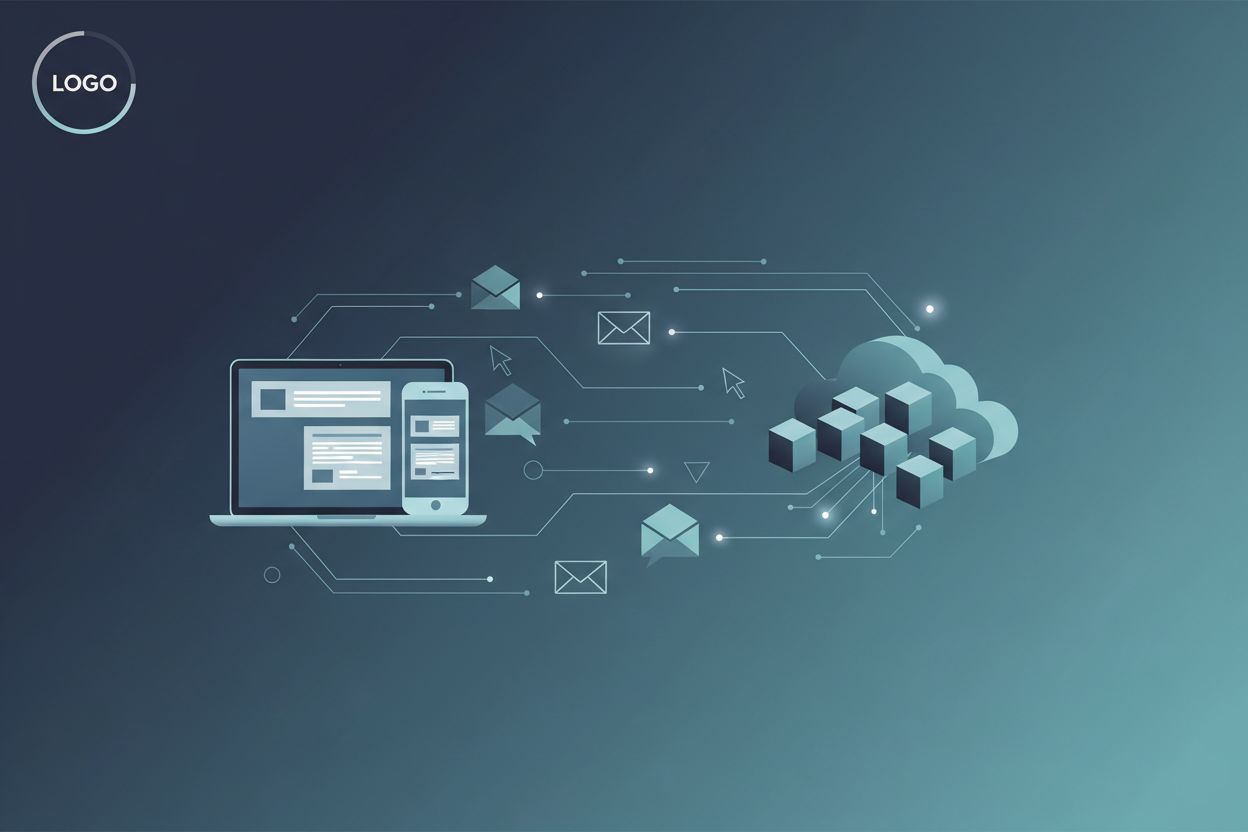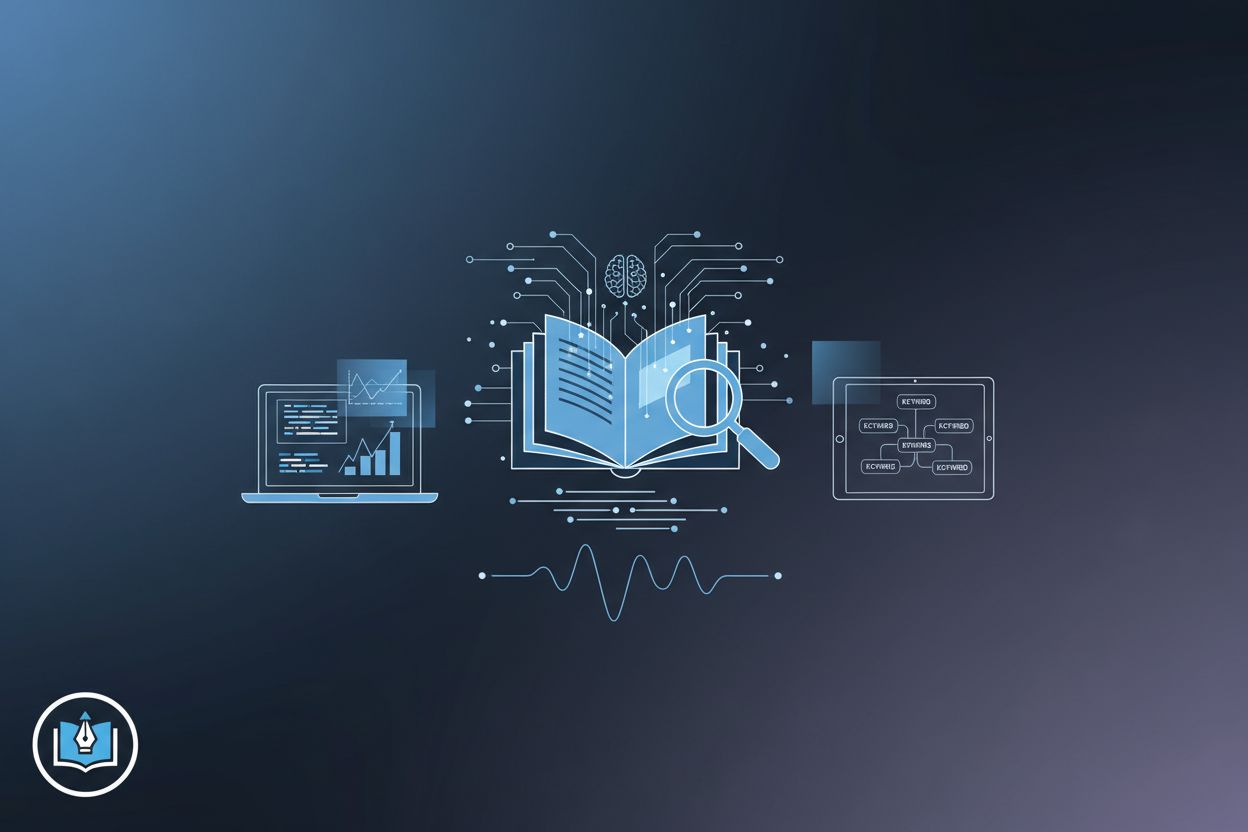Open AI Chat GPT: Everyday Conversations Made Easy
OpenAI's chatbot model, GPT, is a powerful AI tool that can be utilized for a wide range of everyday tasks. By following a few simple steps, you can harness the potential of GPT to assist you with various daily activities such as drafting emails, generating creative ideas, providing answers to questions, and even offering language translation suggestions. Here's an extensive guide on how to use OpenAI's GPT for everyday use:
- Accessing OpenAI API: To begin, you need access to OpenAI's GPT API. OpenAI offers subscription plans for its API, so you need to sign up and subscribe to an appropriate plan to receive an API key, which enables you to make requests to the GPT model.
- Setting up the environment: Once you have your API key, set up your development environment. This typically involves installing the OpenAI Python library and any other necessary dependencies. Refer to OpenAI's official documentation for detailed instructions tailored to your chosen programming language and environment.
- Making API requests: With your environment set up, you can now start making requests to the GPT-3 API. GPT-3 is a language model, so you provide it with textual prompts to generate responses. The API accepts plain text prompts, allowing you to easily integrate it into your own applications or scripts. You send a prompt and receive a response from the model, which you can then use in your desired application.
- Drafting emails: GPT-3 can be enormously helpful in composing emails. By providing a brief description of the email's purpose, you can prompt GPT-3 to generate draft content. For example, you can specify the recipient, the main points you want to convey, and any specific tone or format preferences. GPT-3 will then generate a response that you can refine and personalize as needed.
- Creative idea generation: When you need help brainstorming ideas for a project, GPT-3 can be an excellent resource. You can describe your project and the specific area in which you require ideas. GPT-3 will provide a range of suggestions, helping you discover new concepts, approaches, or solutions.
- Answering questions: GPT-3 excels at providing answers based on the information you provide. You can input a question or a prompt that requires specific information, and GPT-3 will generate a response based on its vast knowledge base. This can be particularly useful for questions that require factual answers or explanations.
- Language translation suggestions: If you require assistance with language translation, GPT-3 can offer helpful suggestions. You can provide a sentence or phrase in one language and request a translation to another language. GPT-3 will generate the translated version, helping you with basic or intermediate translations.
- Iterative refinement and testing: As you interact with GPT-3, it's essential to iterate and refine your prompts. The model's responses might not always align perfectly with your expectations, so refining the instructions and experimenting with different prompts and formats can improve the accuracy and relevance of the generated content. Conduct extensive testing and incorporate user feedback to further optimize your interaction with GPT-3.
- Mitigating biases and limitations: While GPT-3 is a powerful tool, it is crucial to keep in mind that biases and limitations exist. The model's responses are influenced by the input data it was trained on, which may result in biased or inaccurate information. As a user, it is your responsibility to critically evaluate and verify the content generated by GPT-3, especially when it involves sensitive topics or requires high accuracy.
- Staying updated with model advancements: OpenAI periodically releases new versions and updates to its models. Stay connected with OpenAI's documentation, blog posts, and announcements to remain informed about any improvements, enhanced features, or potential model architecture changes. This ensures you can take full advantage of the evolving capabilities of GPT-3 and its future iterations.
In conclusion, OpenAI’s GPT-3 is a powerful chatbot model that can be a valuable resource in your everyday activities. By leveraging its capabilities in drafting emails, generating creative ideas, answering questions, and providing language translations, you can expedite and enhance various tasks. Remember to refine your prompts, be aware of biases and limitations, and stay updated with model advancements to make the most out of OpenAI’s GPT-3.




